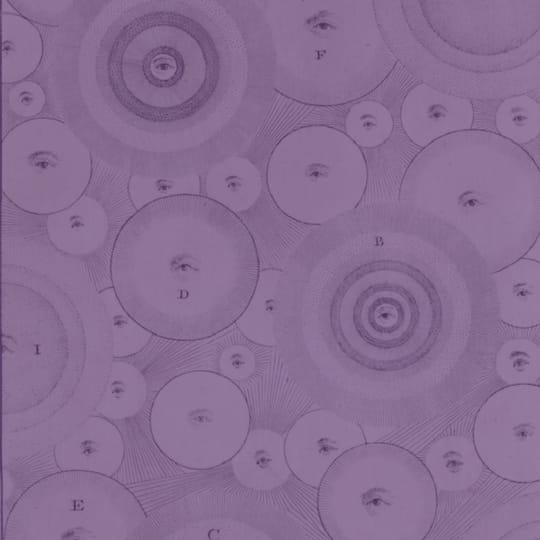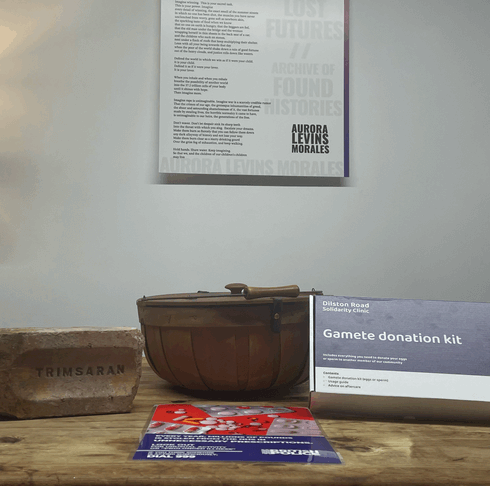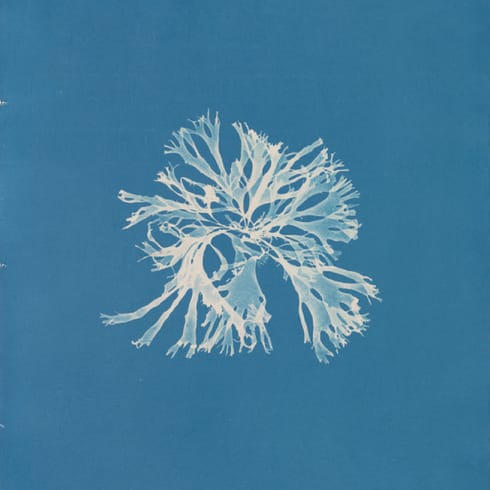
What do people need in order to publish open data?
We worked with a central government open data team to design and facilitate a series of workshops to find out what people needed to be able to publish more open data.
The client
A central government team that supports public services to publish open data. For this project, we were subcontracted by Open Data Services Cooperative (ODSC).
The brief
Design and facilitate a series of workshops to find out what people in public services need to publish more open data. Share information from the workshops with ODSC, who would be writing up a final report with workshop findings, global case study insights, and recommendations.
Our offer
- Workshop design- thinking about the best discussion structure, length, and tools for gathering insightful and actionable information from workshop participants
- Workshop facilitation- we provided a discussion guide and ‘backstage’ workshop support for each session, probing where necessary, and capturing quotes, ideas and issues live
What we did
After learning more about the client’s needs, we decided to approach the work as a lightweight discovery. We spent a number of weeks in weekly check-ins clarifying purpose with the client, while in the background organising workshop assets, and setting up and administering the workshop booking system before holding our first session. We worked closely with ODSC to understand their approach to the case study research they were carrying out so we could align their conceptual framework in the workshops.
Each workshop session was held on Zoom with a Miro board on a shared screen. The discussion guide worked through the Miro board with participants and took notes, while the workshop support transcribed quotes on a separate part of the board. After each workshop, we synthesised data in the session space, then synthesised that together with all the other workshop data. We exported each session’s data to a spreadsheet that we shared with the client as soon as possible. Toward the end of the project, we held 1:1 interviews with people who could not take part in the workshops.
What we learned
Facilitation will never be the simple act of rounding up a group of folk, setting up a flipchart, and walking people through an agenda. We needed to remind ourselves there is often a lot of work that might need to be done before a facilitation project gets going. This project needed sharpening and definition before we could get to the work of choosing structures, planning workshops and promoting the event.
We made assumptions about who would lead administrative tasks like event listings and registration. We assumed these would be handled by the client as part of their ongoing community of practice engagement work, which ended up not being the case! We hadn’t explicitly budgeted time for the back office work that we ended up putting into this piece of work, which put a strain on one member of our team. It feels like a rookie move now, but lesson learned about getting right up front about participant interface admin responsibilities.
What we made
We took time to work with the client to create a clearer brief and purpose which made it easier for us to design workshops around. We created a research plan, workshop designs, interview and survey questions, and themed data from the workshops in different formats. We managed administration and communication with workshop and interview participants, and fed into the final project report.



